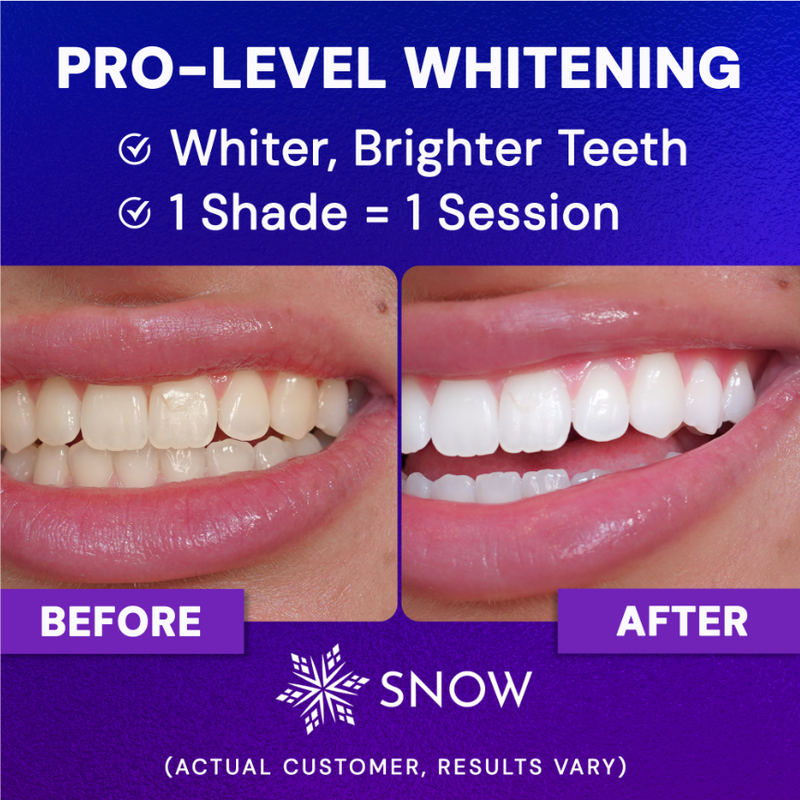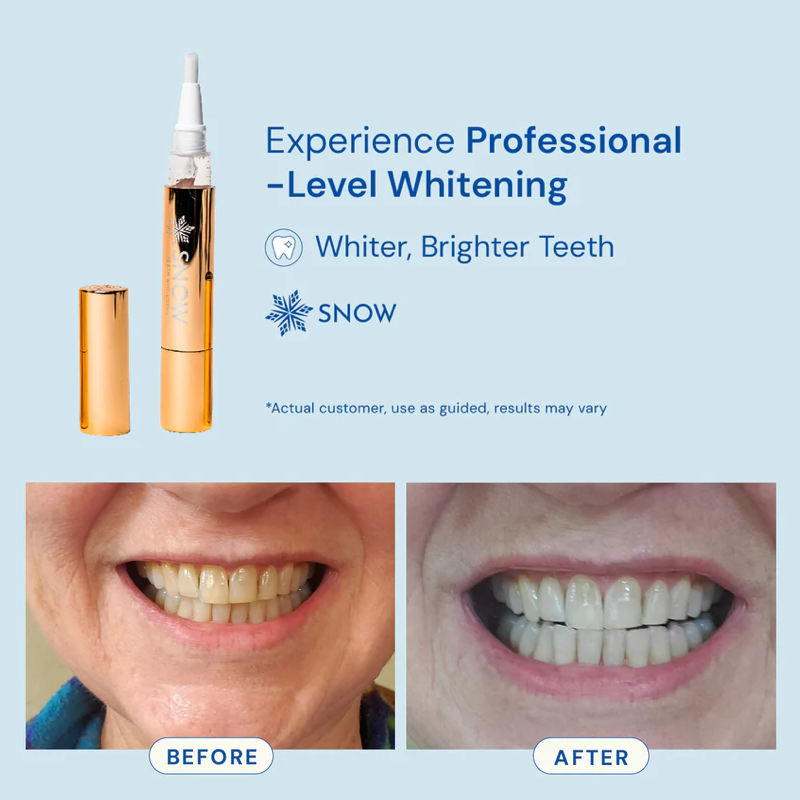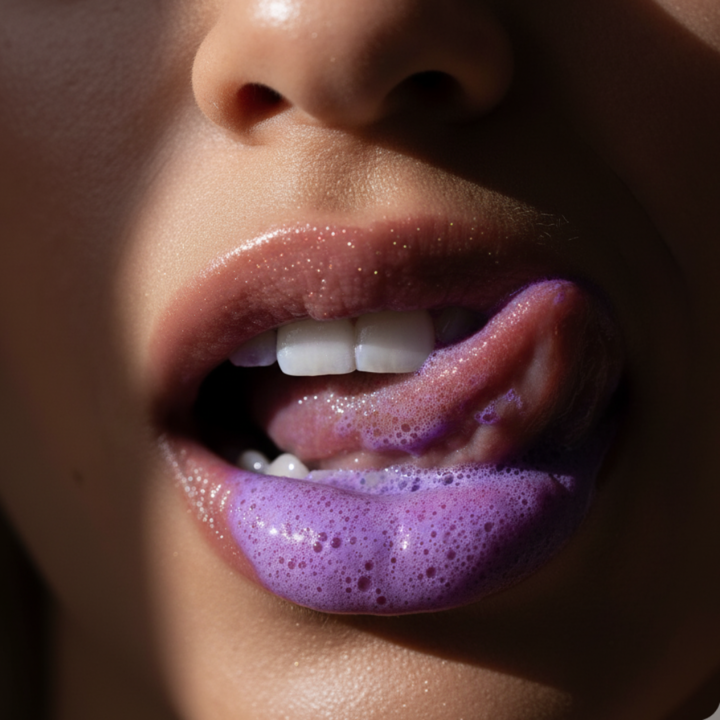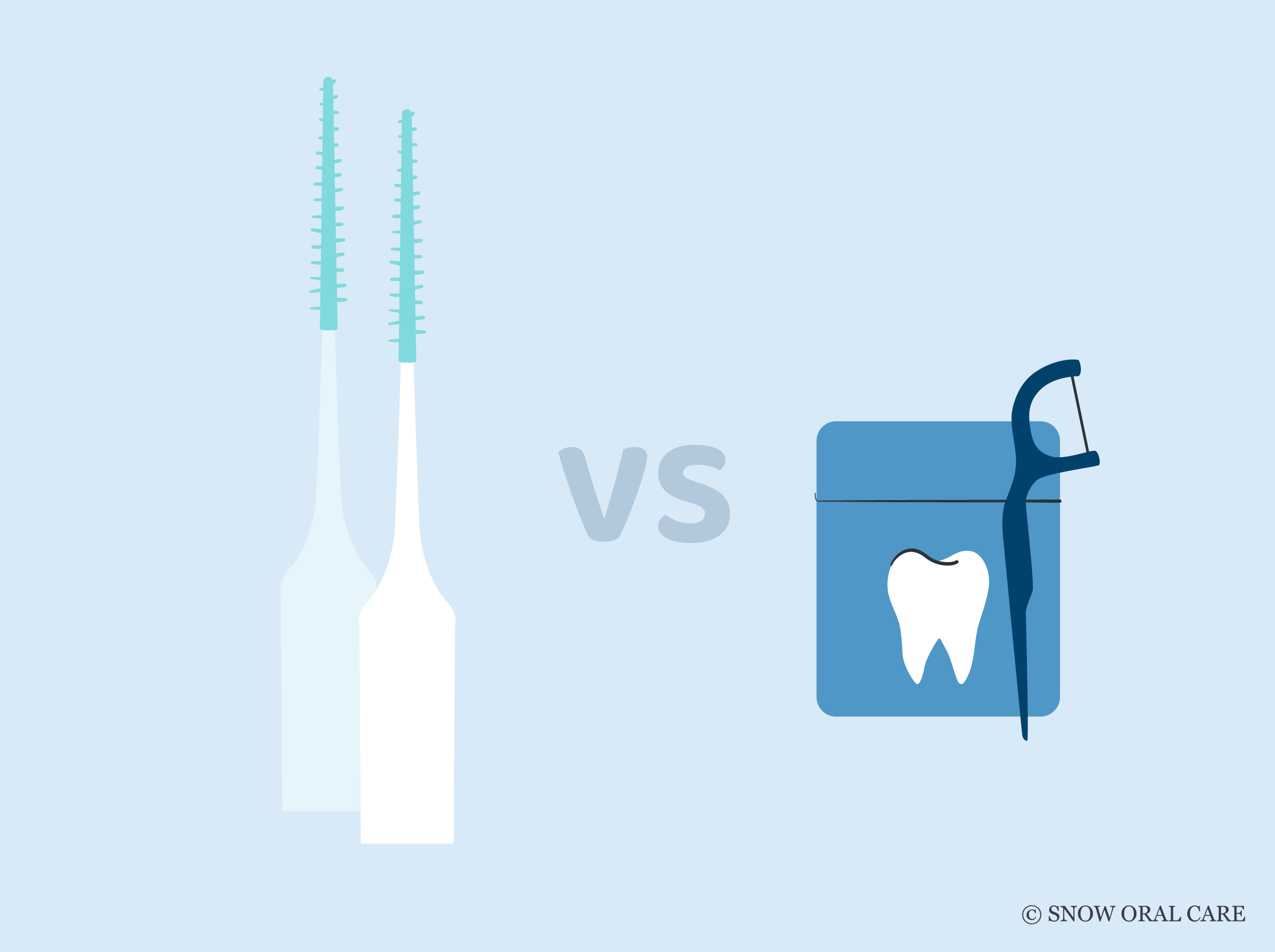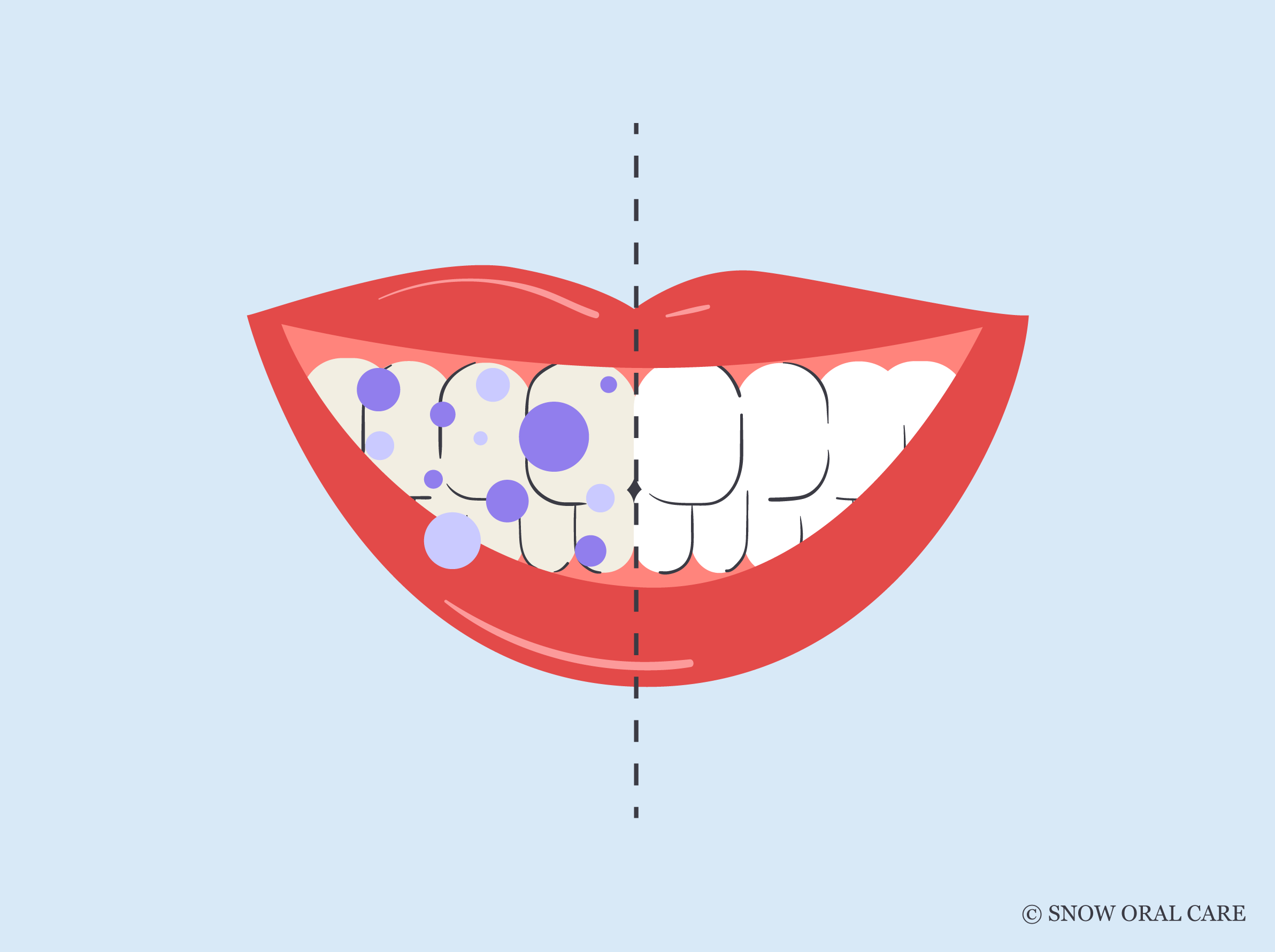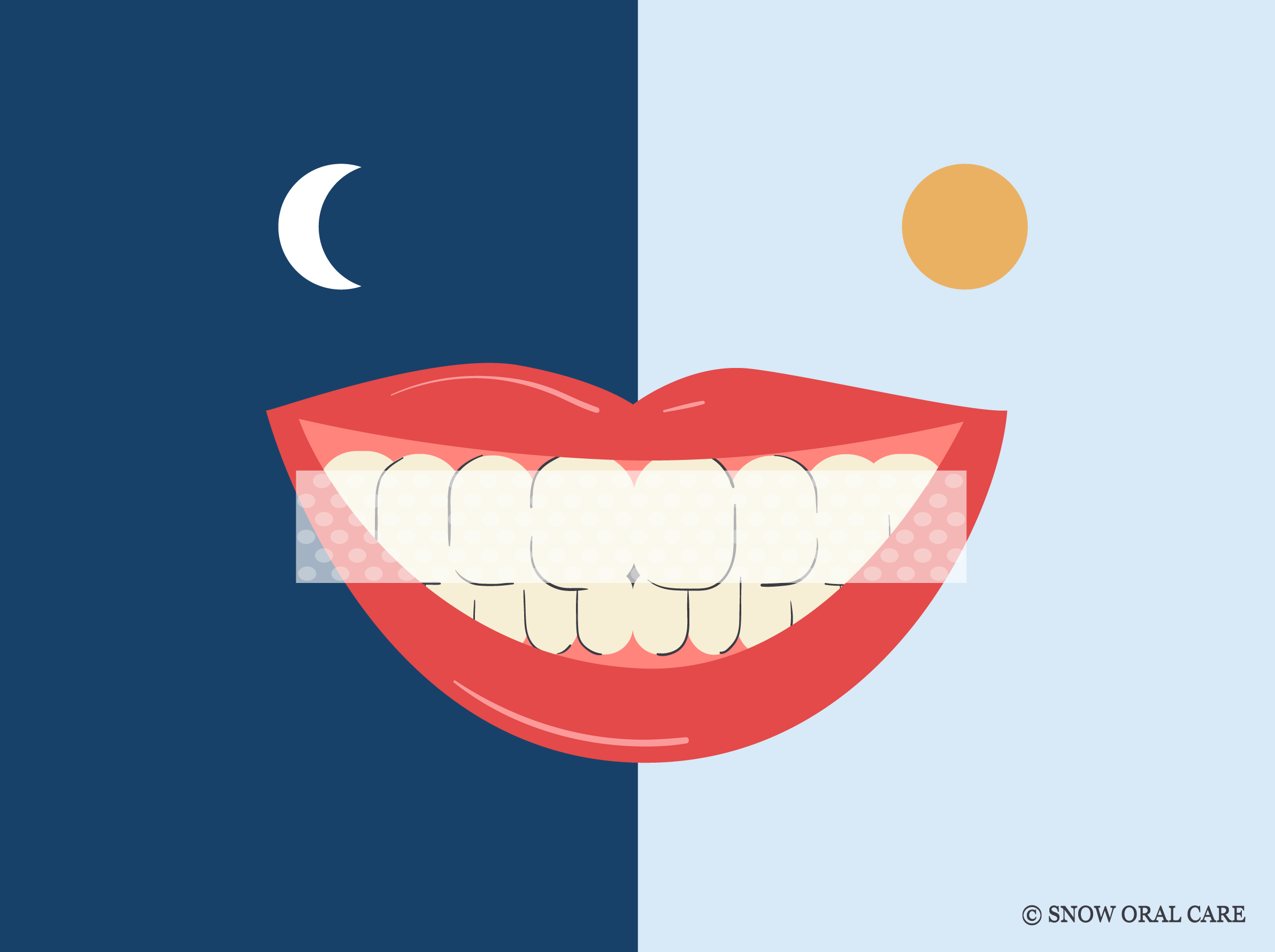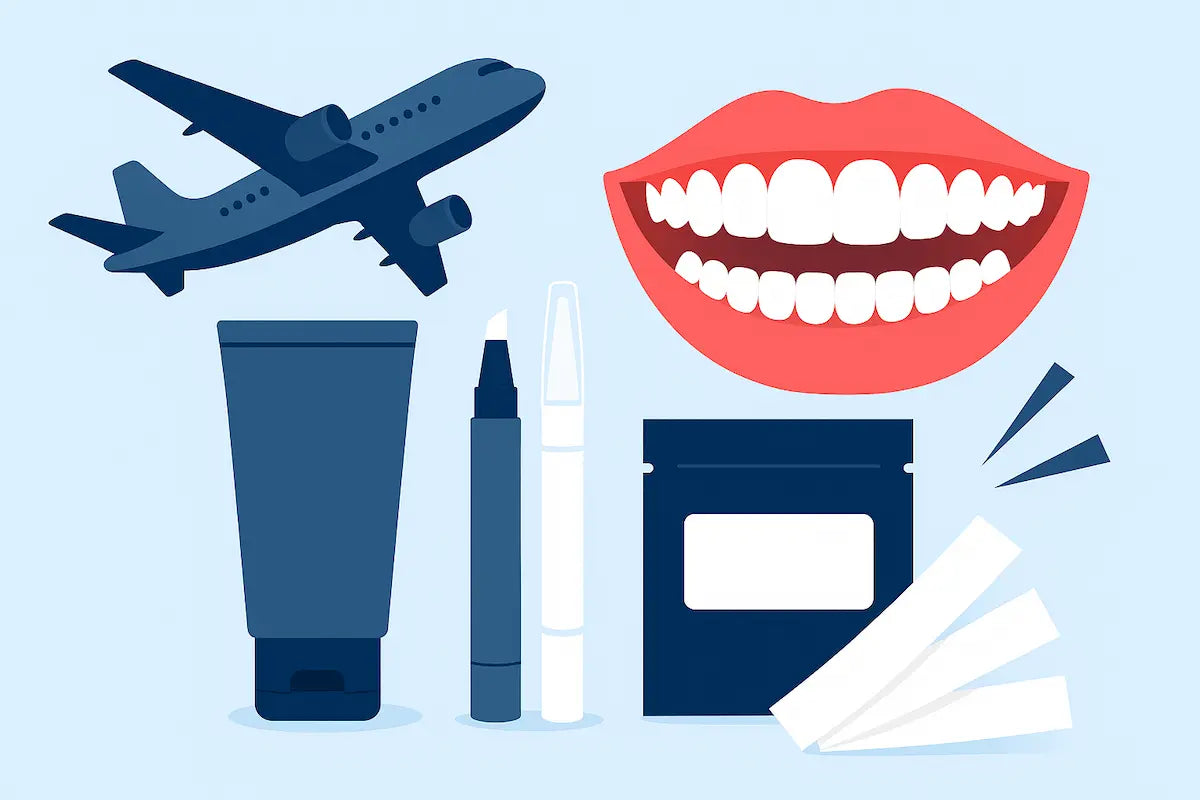“A good intention with a bad approach often leads to a poor result.”
—Thomas A. Edison
How often have we said or heard, “I meant well” or “He had the best of intentions”? Or something else along those lines?
Here’s a good one. “It’s the thought that counts.”

(Hmm … Is it really the thought that counts?)
Well-meaning thoughts or good intentions sound really pretty. They can even be inspiring. Words can be full of charm … but charm is deceptive because it is also said that “the road to hell is paved with good intentions.” (Samuel Johnson)
For example, my boys mean well when they put away their laundry. Now, when I go in their room to find an outfit for them, I discover that their laundry was in fact put somewhere. Rather, their laundry was shoved and crammed somewhere. In a wad.
The well-meaning, good intentions of my sweet boys leads to them pulling their clothes back out of their drawers and asking them to redo the whole thing so we can actually find their clothing.
It’s just reality. Sometimes things that are meant for our good end up being a major pain in the rump.
All you have to do is stay up late watching TV and you will find out it’s true. Infomercial after infomercial runs across the screen … You know what I mean. It could be the little blue pill, or some random bladder control medication.
It sounds something like, “Take control of your life with Wingdingy!!” And then an auctioneer takes over the commercial and speed reads through the side effects of hair loss, joint pain, fever, headaches, vomiting, diarrhea, and death.
Tetracycline is a great antibiotic that stops the growth of bacteria. And then there are the possible side effects. Nausea, vomiting, diarrhea, loss of appetite, mouth sores, black hairy tongue, sore throat, dizziness, headache, or rectal discomfort may occur.
Umm … Black hairy tongue? Rectal discomfort?
Wow. Yummy. New experiences all around. Hold my purse. I’m sprinting to the pharmacy.
And you know what other super fabulous side effect is not mentioned, but is proven to be true over and over? Stained teeth. Tetracycline is directly related to yellow-brown teeth stains.
What’s the Scoop With Tetracycline?
Tetracycline is an antibiotic that has been around for over 70 years. It has been used in children and adults to treat bacterial infections and acne. Back in the 50s, it was the drug of choice and very widely used.
And unfortunately, many of those adults who used tetracycline treatment were pregnant or breastfeeding.
Women who took tetracycline while pregnant or breastfeeding quite possibly gave birth to babies who developed teeth with tetracycline stains. They took a drug with good intentions that resulted in negative effects for their children.
How does that happen?
Tetracycline actually enters the placenta in a mother’s womb and makes its way to the developing baby. Those tetracycline particles combine with the calcium ions that are working to create teeth.
Those particles travel through the bloodstream, and that is how it makes its way to the inside of the tooth. This is why those sharp little teeth that burst through the gums for the first time are not unblemished white teeth, they are gray.
So, choosing to take tetracycline while pregnant or breastfeeding must be done with an overabundance of caution. And children under eight must also avoid it because their teeth are still developing as well.
Here’s the deal. Taking tetracycline as an antibiotic doesn’t stop it’s effects with infections. It completely disrupts the formation of tooth enamel. So while tetracycline works its way through the body fighting infection, it remains inside the tooth, and it binds itself to the inside of the tooth.
That bond is responsible for the gray/brown discoloration. Tetracycline is made up of chromophore bonds. Chromophore bonds are next to impossible to break apart. They don’t work like LEGO bricks.
Tetracycline molecules are unavoidably attracted to one another like super-charged magnets. They don’t want to avoid each other, so even when you manage to pry them away from each other, they want to go right back together. This characteristic is the number one contributor to the difficulty of removing tetracycline stains.
Those stains are happy in their homes. Many of those people have tetracycline stains forever. Their teeth are gray or grayish brown with the dead-giveaway line across them. No matter the amount of scrubbing with baking soda or whitening toothpaste, those stains are stuck.
The ugly truth is that those tetracycline color molecules cannot be permanently eradicated. They are like gum in a parking lot. Those stains show up and stick.
What about those chromophore bonds? Yep. They are highly unpredictable. The stupid things react differently in people. Wow. That is horribly unfortunate.
Unfortunately, there are no promises of how white your natural teeth can become when you use a bleaching agent. Yes, tetracycline teeth can be whiter … Just how white? Nobody knows for sure.
Removing the stains from tetracycline is incredibly difficult. Other antibiotics produce stains that are easily remedied by regularly using a whitening toothpaste, whitening strips, or by using a whitening tray system.
Removing stains from coffee, tea, or wine can also be scrubbed away by a whitening toothpaste, whitening trays, or a quick one-hour trip to the dentist for a whitening treatment.
Tetracycline stains take place inside the dentin. Those stains require a very serious bleaching to make any improvements. In some cases, months of bleaching treatments cannot make the teeth completely white because the damage is so severe.
What if You Weren’t Born This Way?
Lady Gaga might’ve been born this way, but you might not have been. You may have had perfectly healthy, white teeth for most of your life. Maybe you aren’t even a coffee or wine drinker. Your teeth were not exposed to the typical villains of staining.
But then …
You wake up not feeling so hot. Actually, you do feel hot. You have a fever. It’s not going away. After languishing for a few days, you buck up and go to the doctor.
Crap. You really are under the weather. The doctor has just confirmed it for you. You have an infection. That is the culprit for your aches, pains, and moans.
Fortunately, it isn’t a virus that has to run its course. You have a nasty bacterial infection. That means you can take an antibiotic for a few weeks and knock it out! Wehoo. Gotta love meds.
After a few weeks, you are brushing your teeth and notice that something is not right. Holy cow. Your teeth look terrible … like you’ve soaked them in crusty coffee.
You have tetracycline stains. What a lovely side effect.
The good news is that you weren’t born with the tetracycline particles bonded inside your dentin. You can take a trip to the dentist, get a heavy-duty cleaning, and say goodbye to those tetracycline stains.
What if You’ve had Tetracycline Stains Since Childhood?

First of all, what a pain!! No adult wants to look in the mirror and have a gray-toothed smile staring back at them. Nobody wants to cover their smile or their laugh because they hate their teeth.
But that’s what people with tetracycline stains do, isn’t it?
So what can you do?
Go to the dentist. You need to find out how severe your case of staining might be. Your dentist can help you make a plan to improve your smile.
Bleaching teeth with tetracycline exposure can’t really be compared to teeth with everyday stains. Most of those stains are extrinsic. Tetracycline stains are intrinsic and take a much, much longer time to remove.
You will be using the bleach for as long as twelve to eighteen months, so the solution must be used with precision.
Bleaching is not the same thing as whitening. Bleaching goes past the enamel’s surface to improve the color of your teeth. Now you know why a toothpaste that works on the surface will not remove deep tetracycline stains.
Our teeth react to bleaching in a similar way that the skin responds to the sun. Some people tan, others burn. For teeth, some people will have very white results, while others will not. There is no standard bleaching treatment that returns the same results.
Tetracycline-damaged teeth usually take an average of three to four months before showing improvement. For more severe damage, treatment might take over a year. Realistically, those teeth may never pass the tissue test.
If you have average teeth, bleaching won’t seem to be doing much for a few days. But it gets better. After a few days, average teeth begin to show results you can see. The teeth will keep lightening until they reach the peak of their whiteness.
In the end ...
Tetracycline stains are a pain. As an adult, you took a medication to help heal your body from some type of infection, or to deal with stubborn acne. You were not expecting to wind up with a brown crust on your teeth.
So, if you have had those stains since childhood, I will refer you to the months of bleaching previously mentioned. There is no easy way out for you.
If you have taken tetracycline in adulthood, your best of intentions were answered with troublesome teeth. But. Now you know that you can have those stains removed with a simple visit to the dentist. You can top that visit off with Snow’s whitening system and your smile will be brighter than ever.















































